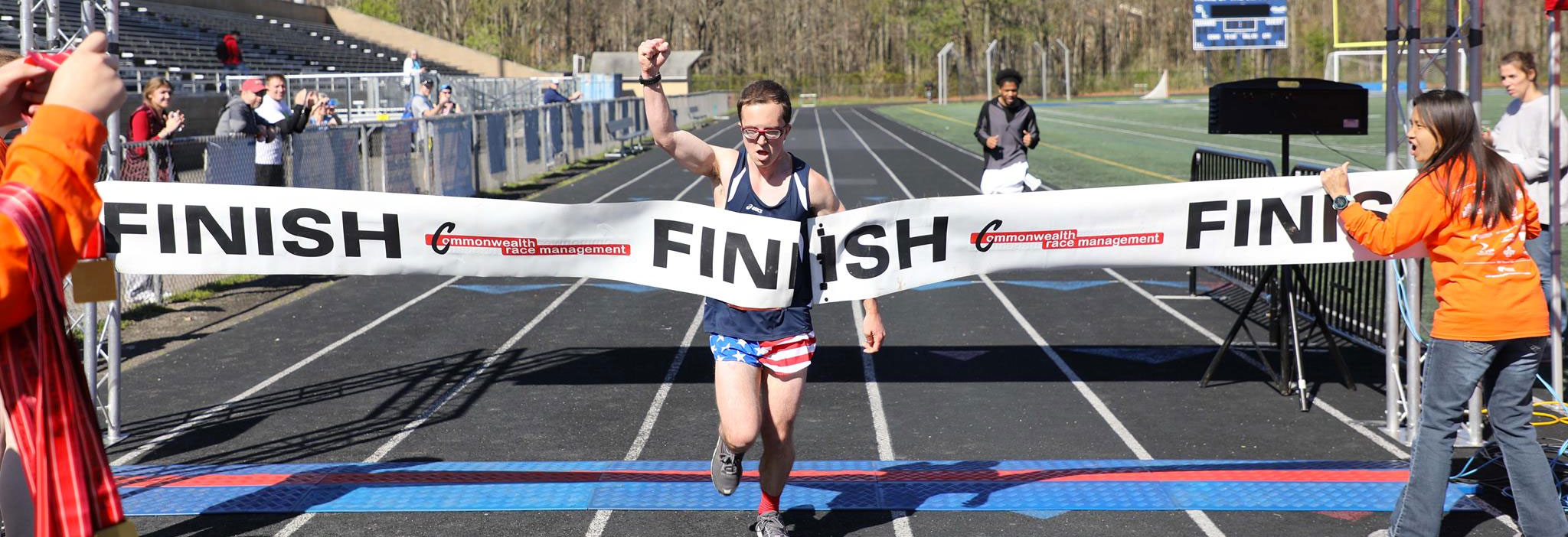The Lone Runner Series: Running a Virtual Marathon
Running a Virtual Marathon by Ben Connelly
Recently, I helped pace my friend Jordan through the first 16 miles of a virtual marathon. I interviewed him about the experience, in the hopes that his perspective might prove valuable to runners who have not yet run one. We talk about some aspects of his experience specific to the virtual race. I plan to follow this post up next week with one about my own takeaways from the event, along with more advice for pacers and virtual racers. The following interview has been lightly edited for length and clarity.
- How would you rate your overall experience with the virtual marathon? What was your overall impression?
- I had a fantastic experience! The process of consistently beating the longest mileage I’d ever run [at once], week after week on long runs, was extremely rewarding. The marathon itself was great: the distance was hard, but spending a full morning running with friends made for a very special day that I will never forget.
- What surprised you the most about it or what did you least expect?
- I was surprised by the way small factors that normally wouldn’t affect me over shorter distances, even a half-marathon, played such an important role in the marathon. I have two factors in mind: temperature and elevation [change]. I did most of my training in 30⁰-50⁰ weather. On race-day, the majority of the race was in the 60⁰-75⁰ range, and I felt the difference. Secondly, since I was running on my own, I designed my own course. I intentionally chose a [flat] course with one very small hill in the middle. During all of my training runs, this seemed like an ideal amount of variation in elevation. However, on race day, that one tiny hill felt monumentally more difficult, especially towards the end of the race.
- What advice would you have for people considering a virtual marathon?
- I would encourage you to seize the opportunity, and [to] consider some of the silver linings of the format. This was my first marathon, so I don’t have a perfect point of comparison. But the ability to design my own course, run with friends for the duration of the race, and pause my Garmin to sip water or eat a Starburst Mini was clutch. I think the marathon is as much something that you do in your mind as it is a large public event in which you participate. For that reason, I think you can have an equally rewarding experience running a virtual marathon as you would in-person.
- What was your biggest takeaway?
- The marathon is unlike racing at any other distance. Small nuisances become large over time, eating and drinking during the race become absolutely essential, and the relationship between your body and mind is even more important than in a shorter race.
- What would you do differently if you ran it again?
- I would eat better the morning of the race. I woke up 2.5 hours before the start of the race and immediately ate 2 Clif bars, 2 bananas, and had a very small cup of coffee. I also sipped water for the next hour. I think a bigger breakfast would have helped me avoid hitting the wall around mile 21.
- What aspects of a virtual race specifically should runners be aware of?
- Preparation becomes even more important in the virtual marathon. I had to design my own course, set up my own water station, find friends to run with me each step of the way, and carry my own food with me. I actually think of this as a benefit, however. I felt empowered by the ability to create my own marathon experience.
- Your race was originally scheduled to be in-person and then switched to virtual. What was that like?
- I signed up for the race with the following attitude: the race was probably going to be moved to a virtual format. If not, that would be a nice silver lining. Either way, I was going to run 26.2 miles on April 25. Really internalizing this from the beginning, and promising myself that I would achieve my goal on the chosen day either way, allowed me to not feel disappointed when Boulderthon announced the change. I think if you have the desire to make the best of the day, no matter the outside circumstances, a change of plans will only feel like a small bump in the road.
- Anything else you would like to add? What else should people know?
- The marathon is no easy feat. Over the course of my training, I moved across the country, got my COVID vaccine, dealt with a knee injury, ran in blizzards, and started a new work routine. Adapting the training plan to these life events was never easy. But the way in which the marathon and the training became a part of my daily life only added to the joy of reaching my goal.
Ben Connelly is a freelance writer and an experienced runner. He has written multiple e-books on running and general fitness, including a marathon training guide, which you can purchase here. You can find him at his Amazon Author page, or at his website.


